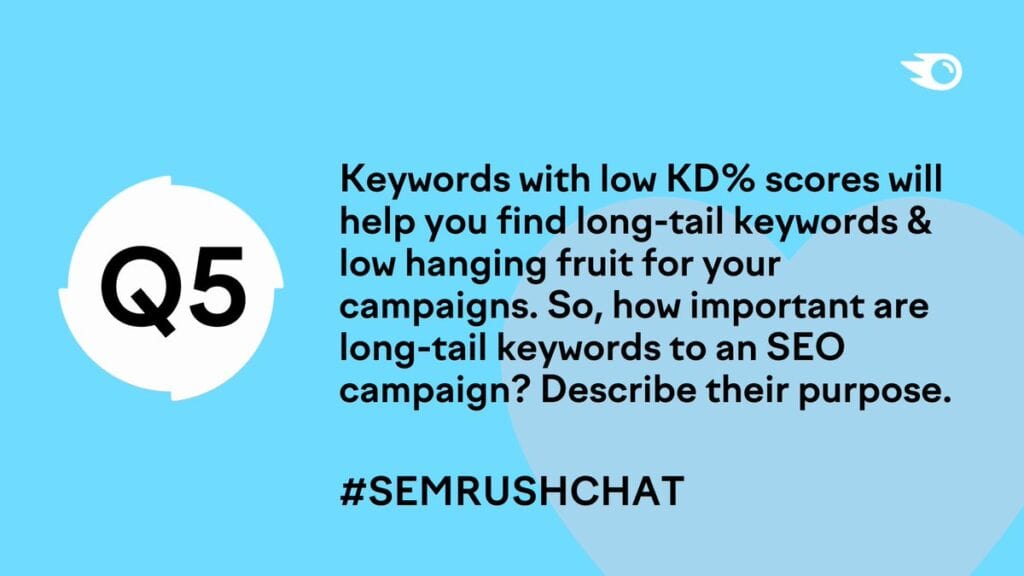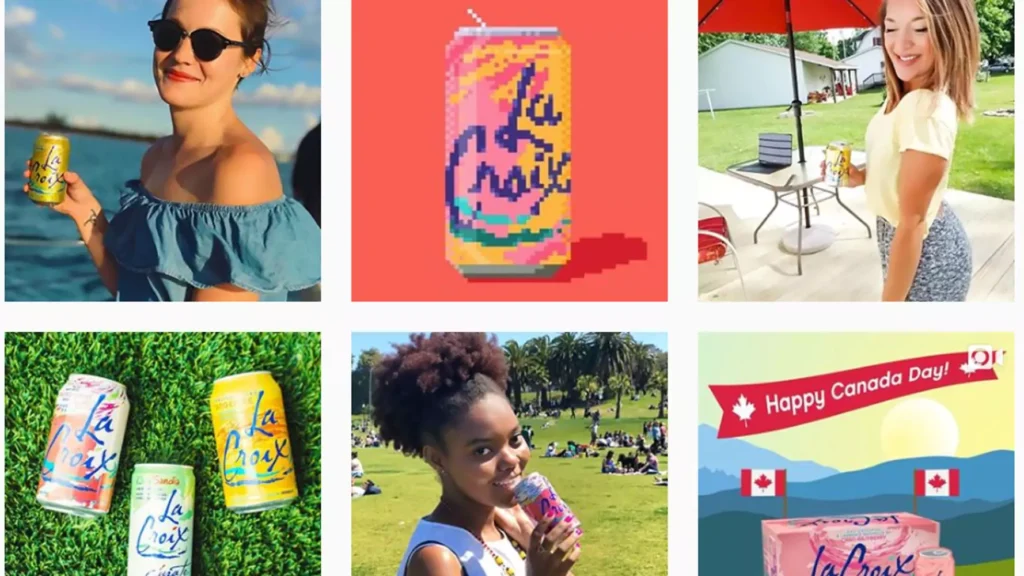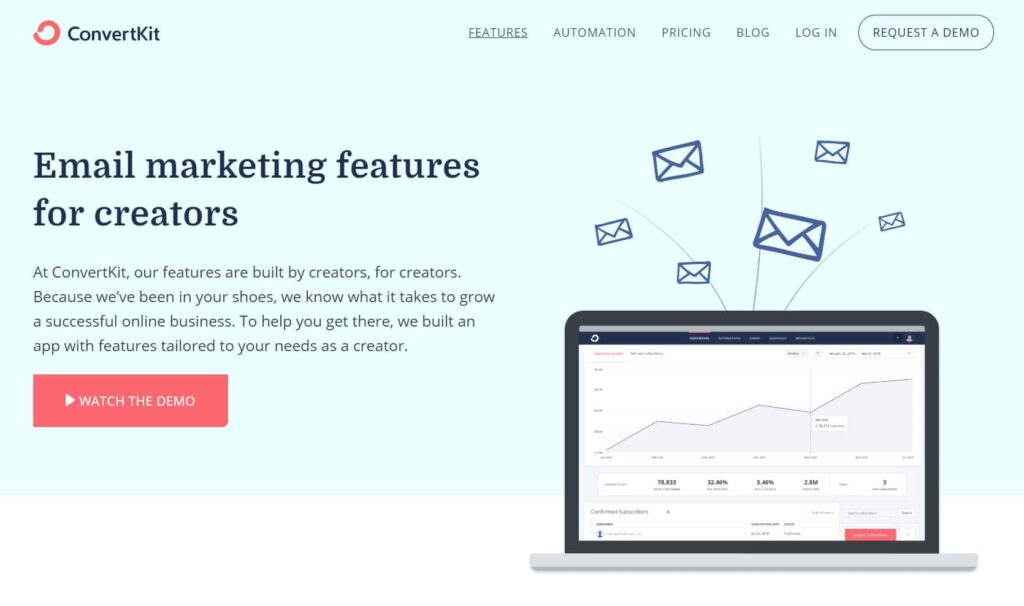How to Promote a Website: The Ultimate Guide
Building a website is an important first step, but promoting it is essential to driving traffic, leads, and sales. With over 1.1 billion websites online today, standing out requires an intelligent internet marketing strategy. This comprehensive guide will explore the most effective tactics to promote a website in 2024 and beyond. From search engine optimisation to social media to influencer collaborations, leverage these key channels to grow awareness and maximise conversions.
Table of Contents
Conduct Keyword Research to Optimise Site Content

The foundation of an effective website promotion strategy is ensuring your content ranks for terms and phrases your target audience is searching for.
Perform in-depth keyword research to identify high-opportunity keywords to target. Tools like Google Keyword Planner, SEMrush, and Ahrefs provide search volume and competitiveness data to inform your decisions.
Aim to produce content around head terms like:
- Website Promotion
- Marketing a website
- Driving website traffic
As well as long-tail keyword variations like:
- How to increase website visitors organically
- Tips for promoting an ecommerce website on social media
- Strategies to promote a business website with blogging
Optimising pages and blog posts for these keywords will improve organic visibility and traffic over time.
Include Target Keywords in Title Tags, Headers, Body Content
On each page, focus on optimising:
- Page title tag – Primary keywords should appear here
- H1 and H2 header tags – Feature keywords in headings
- Image file names and ALT text – Include keywords, too
- Body content – Use keywords judiciously, up to a 3-5% density
This “on-page SEO” helps search engines understand the relevance of specific queries.
Harness the Power of Comprehensive Search Engine Optimisation

With 99,000 searches occurring every second, search engine optimisation (SEO) offers an unlimited driver of targeted visitors. By improving visibility on engines, including Google, your content will surface for more relevant queries.
Follow these SEO best practices:
Boost Technical SEO Factors
Several vital technical elements impact search ranking and crawlability:
- Mobile responsive design – Over 60% of searches occur on mobile, so a mobile-friendly responsive site is essential.
- Fast page load speeds – Sites under 2 seconds perform best, so optimise images and files.
- sitemap.xml – Allow search bots to crawl all site pages easily with a sitemap.
- robots.txt file – Instruct bots on what they can and can't access.
- Structured data markup – Use schema.org tags to highlight critical data like events, products, articles, etc. Enhances sitelinks and rich snippets.
Cultivate Quality Backlinks
To gauge trust and topical relevance, Google factors the number and authority of external websites linking to a page.
Tips for earning backlinks:
- Create share-worthy content that websites want to reference
- Volunteer expert guest posts to industry websites
- Participate actively in discussion forums with a link in the signature
- Collaborate on co-branded content campaigns with complementary brands
- Identify relevant websites to request high-quality backlinks from
200-300 new links from diverse sites will deliver results monthly.
Publish Regular Blog Content
Websites with blogs have 434% more indexed pages and 97% more backlinks!
Commit to a regular blog posting schedule on your site like:
- Monthly
- Twice a month
- Weekly
- Twice a week
Aim for at least one new piece of 2000+ word content each week. This gives search engines fresh pages to index while providing readers with timely info.
Leverage Social Media for Brand Awareness & Traffic

With 4.2 billion people using them, social platforms like Facebook, Instagram, Twitter, and LinkedIn are powerful website promotion channels. Develop an active presence on relevant platforms aligned with your brand.
Research Ideal Platforms & Audiences
Identify 2-3 primary platforms where your audiences and competitors are actively engaged—Analyse competitors to inform content types and hashtags to leverage.
Craft buyer personas to tailor content by demographics like:
- Age
- Location
- Gender
- Interests
Design Visually Compelling Social Content
Stand out by creating eye-catching posts optimised for critical platforms:
| Platform | Priority Content Types |
| Facebook / Instagram | Videos and Image Posts |
| News Articles and Threads | |
| YouTube | Tutorials, Case Studies, “How To” Videos |
| Thought Leadership Articles |
Schedule Regular Posting
Commit to consistent posting 3-5 times per week per platform on ideal days and times when engagement peaks for each audience.
Implement Paid Social Ads
Beyond organic content, paid ads offer a scalable way to reach interested users. Start with a small test budget to identify winning formats and messaging.
Email Marketing Drives Repeat Site Traffic

Email subscribers provide an owned media asset to reach visitors interested in your brand directly. Send regular promotional and educational emails guiding them to visit and revisit your site.
Offer Lead Magnets to Capture Subscribers
Incentivise visitors to join your list with compelling lead magnets like:
- Ebooks
- Whitepapers
- Discount codes
- Webinars
Collect emails with popup forms and calls to action across site pages.
Segment and Personalise Campaigns
Divide subscribers into groups like:
- New subscribers
- Engaged subscribers
- Inactive subscribers
Send content tailored to their lifecycle stage and interests to boost open and click-through rates.
Promote Site Content, Sales in Broadcasts
Send a regular cadence of email broadcasts highlighting new site content and promotions. For example:
- Monthly newsletter
- New blog post digest
- Product launch announcements
- Special sales & promos
This engages past visitors to re-engage with your brand and site.
Partner with Industry Influencers

Influencers with engaged social followings can exponentially expand awareness of your website to new audiences. Identify creators aligned to your brand with audiences overlapping your buyer personas.
Research Relevant Influencers & Channels
Search sites like BuzzSumo, Klear, or NinjaOutreach to discover influencers by:
- Location
- Keyword/Topic
- Social followers
Analyse engagement levels across YouTube, Instagram, TikTok, etc.
Provide Free Products for Reviews
Ship complimentary products for influencers to showcase with reviews and tutorials. The exposure and endorsement build credibility.
Sponsor Influencer Content
Negotiate native sponsorships for blog posts, videos, and social posts. Provide suggested messaging and media for plugging your site.
Give Affiliate Commissions
For ecommerce sites, offer 10-20% commissions when followers purchase through an influencer’s affiliate link. This incentivises promotions.
Measure Conversions and ROI
Use UTMs or unique discount codes to quantify sales and leads generated by specific influencers. Identify best-performing partnerships for further activation.
Optimise on-site experiences to Convert Visitors.

Driving website visitors is just the first step. Effective on-site messaging, calls-to-action, page layouts, forms, and journeys convert casual visitors into leads and customers.
Improve Page Load Speeds
Faster pages lead to higher engagement and conversions. Compress images, minify code, and leverage browser caching. Strive for <2 second loads.
Guide Visitors with Clear Calls-To-Action
Include visible, clickable buttons leading visitors to critical pages like:
- Contact
- Services
- Shop
- Subscribe
Use Trust Signals Like Testimonials, Case Studies
Features, benefits, and prices aren’t always enough. Build credibility and confidence with social proof like:
- Video testimonials
- Customer logos
- User-generated reviews
Simplify Forms
Long, complex forms dramatically increase abandonment; use a form builder that offers simple, short forms that can be embedded on your website. Only require essential info; use checkboxes instead of inputs when possible.
Leverage Exit-Intent Offers
Detect visitors about to leave and trigger offers like:
- eBook downloads
- Discount promos
- Email signup forms
This converts abandoning visitors.
Personalise Experiences
Recognise returning visitors and tailor site content and offers based on interests and activity. This demonstrates value and relevance.
Track Website Analytics for Ongoing Optimisation

Monitoring performance data informs the success of website promotion campaigns and prioritisation of future efforts.
Research Key Benchmark Metrics
Leverage both high-level aggregate data as well as segment-specific analysis:
| Metric | Description |
| Sessions | Total visits during a specific period |
| Bounce Rate | Percentage of visits leaving from the exact first page |
| Pages per Session | Average number of pages viewed per visit |
| Device Split | Distribution of sessions by desktop, mobile, and tablet |
| Landing Pages | Most-entered pages |
| Exit Pages | Pages from which users most frequently exit |
Connect Goals & Conversions Tracking
Beyond general traffic, track business outcomes like:
- Email signups
- Downloads
- Chat requests
- Phone/contact form submissions
This enables measuring the ROI of initiatives.
Conclusion: Continually Test and Optimise Efforts
Promoting a website is ongoing as search algorithms, social platforms, and visitor preferences constantly evolve. Continually test new strategies measuring performance and efficiency. Double down on highest converting initiatives while phasing out poor performers.
No single tactic alone can generate growth. Pursue an integrated multi-channel website promotion strategy combining:
- Search engine optimisation
- Social media content
- Email marketing
- Influencer activations
- Retargeting campaigns
Keep site content, calls-to-action, and messaging fresh. Offer valuable resources site visitors genuinely want. Provide experiences that build confidence, credibility and connection. Monitor analytics to optimise based on observed visitor behaviour and conversion paths.
With strategic prioritisation and creative testing, unlock measurable awareness, traffic and sales growth by leveraging these proven website promotion tactics.
Now that you have a comprehensive overview, here are answers to the most frequently asked questions about promoting websites:
Frequently Asked Questions
What are the most effective ways to promote a website?
Optimising for search engines through on-page SEO, backlinks and blogging
Leveraging social media with visual content and ads
Email marketing to website subscribers
Securing influencer endorsements and sponsorships
Optimising on-site experience for conversions
How much should I budget for website promotion?
Aim to allocate 10-20% of company marketing budgets towards website promotion efforts. The amount depends on the size of the business, average customer value, and goals set.
Test with smaller pilot budgets, then scale up the highest ROI activities. Most digital tactics offer very measurable usage-based or performance-based spending.
When should I start promoting a new website?
Begin website promotion 1-2 months before public launch. Start early link building, social media pages, email collection forms, and influencer outreach.
Use the coming splash pages to capture interest pre-launch: seed initial site content, social posts and backlinks to prime for search rankings.
What results can I expect from website promotion?
10-20% traffic growth
Email list growth of 5-10%
1.5-2x higher email open rates
2-4x more backlinks
5-10% lift to site conversions
How long does effective website promotion take?
Ongoing promotion is essential but allows 12-18 months for foundational strategies like SEO, social media, and email marketing to mature. See faster returns from influencer sponsorships and paid advertising in the short term while scalable organic growth is sustained over extended periods.
